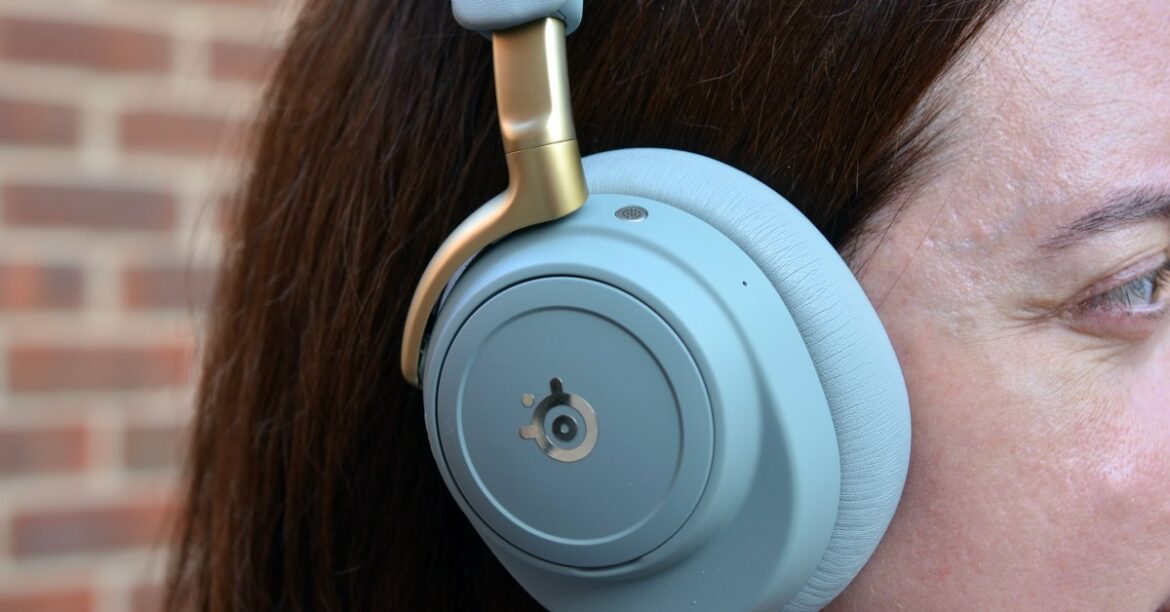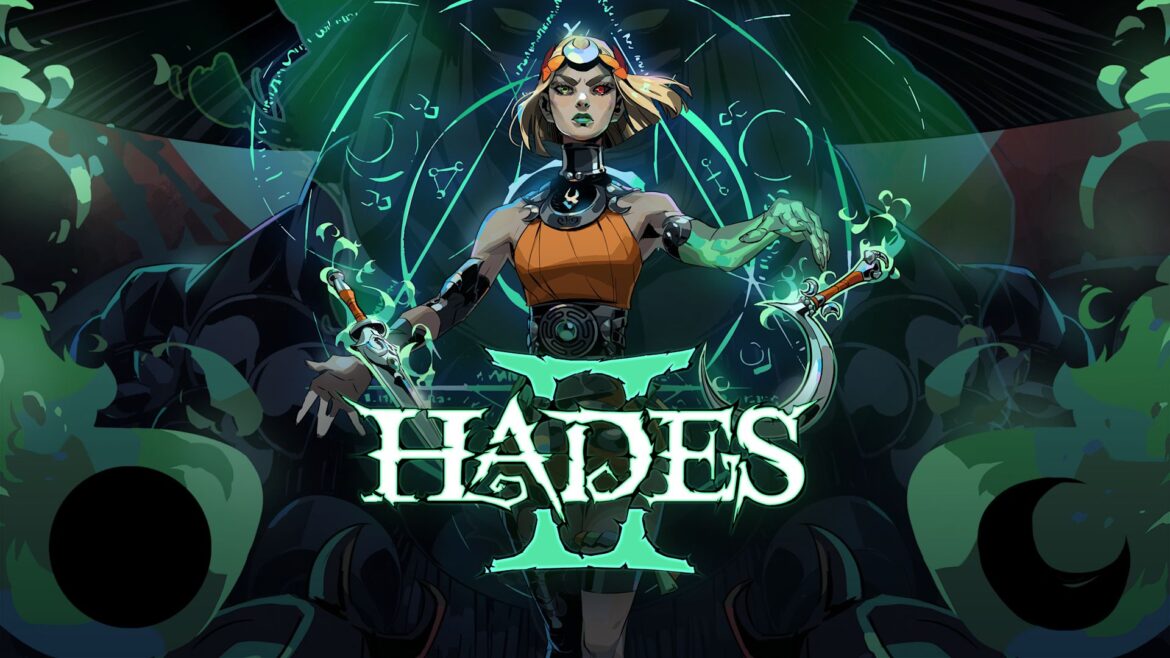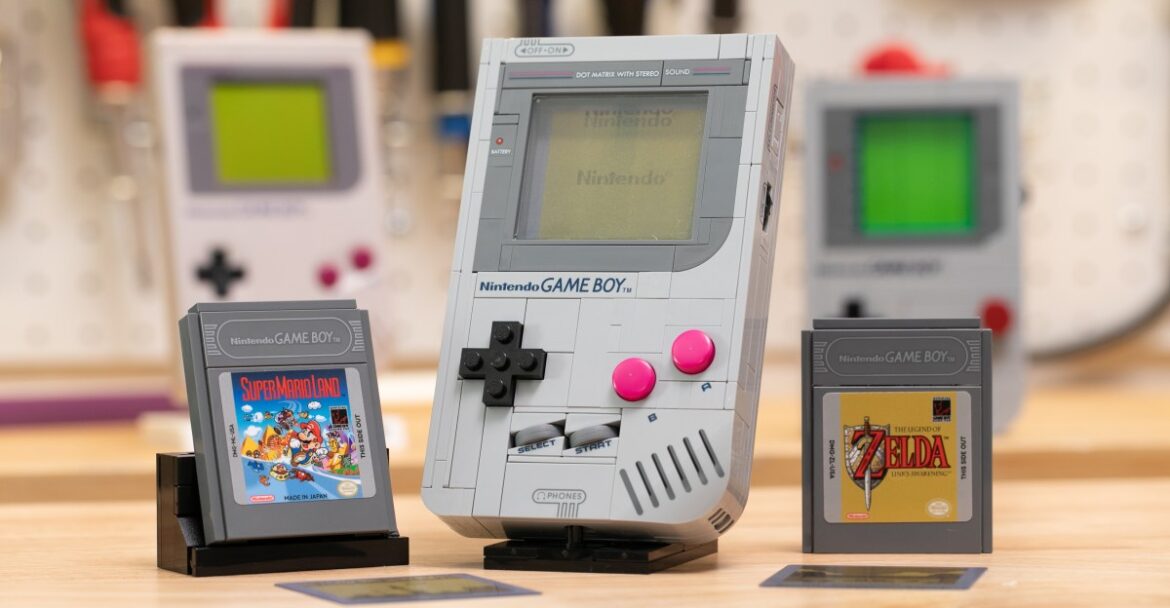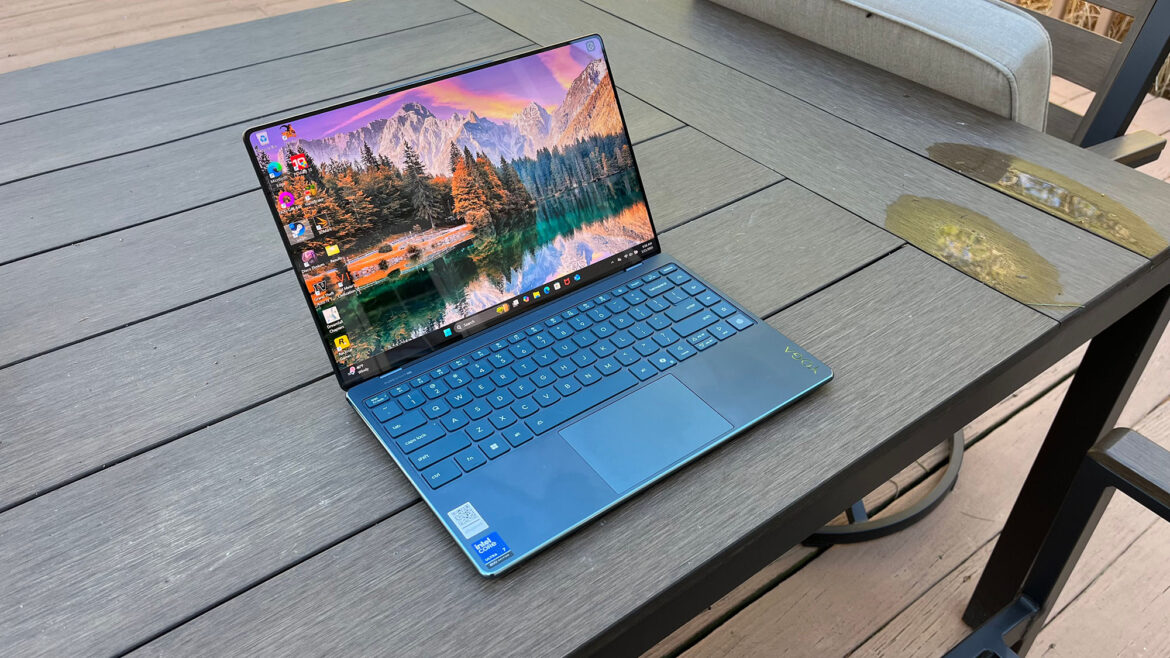I’ve been hooked on SteelSeries gaming headsets ever since the Arctis Pro launched more than five years ago. The Nova range upped the quality with feature, fit, and software improvements, and the company is now going one step further with a $599.99 Nova Elite headset — a price that I’ve been questioning every day during my last month of testing.
With the Nova Elite, SteelSeries has created a category of luxury gaming headsets that doesn’t really exist right now. It’s banking on hi-res wireless audio, carbon fiber speaker drivers, a metal frame, and the ability to simultaneously stream audio from a PC, Xbox, and PlayStation to make it the best gaming headset on the market.
But is $599.99 too much, even for the best gaming headset?
$600
The Good
- Excellent metal build quality
- Better wireless signal
- Hi-res audio with carbon fiber speakers
- Swappable battery dock
The Bad
- That $599 price tag
- Cryptic low-battery audio alerts
Aside from the new sage and gold color option, the Nova Elite looks very similar to the existing $379.99 Nova Pro — especially when comparing the black versions. The frame and control wheel are both metal now instead of plastic, and the memory foam ear cups are more plush and feel more comfortable on my ears this time around.
The mixture of aluminum and stainless steel materials also makes the Nova Elite a lot sturdier than the plastic Nova Pro, which also makes it fit better for me. I have a fairly large head so the Nova Elite fits snugly over my ears, instead of slightly loose like the Nova Pro. And while the active noise canceling nub inside the ear cans irritated me on the original Nova Pro, I don’t even notice it on the Elite.
The Nova Elite’s frame is metal instead of plastic.
The plush memory foam ear cups are super comfortable.
There’s an adjustable band to improve the fit.
The GameHub DAC lets you control the headset and charge its batteries.
All of these material and comfort improvements are coupled with a first for a gaming headset: hi-res wireless audio. You can stream 96kHz / 24-bit audio over 2.4GHz with the included GameHub DAC or via Bluetooth with LC3+. It’s a little fiddly to set up thanks to the complex audio interface in Windows, and once enabled, you’ll really need the right game or audio file to tell the difference.
The hi-res audio support is a subtle enough improvement that I had trouble noticing it, but the overall sound quality improvements, along with the carbon fiber drivers, are more obvious. I played the Battlefield 6 beta for hours last month with the Nova Elite, and then I switched back to my Nova Pro headset. The explosions, tanks, and gunfire all sounded better with the Nova Elite, but it really depends on what games you’re playing.
In a game like Valorant, I could barely notice the difference, because there’s far less environmental sound and you’re really only listening for footsteps and audio cues. I wouldn’t buy the Nova Elite over the Nova Pro if you’re mostly playing multiplayer shooters.
SteelSeries has improved the microphone system on the Nova Elite for multiplayer games and Discord calls. You now have the choice between a retractable boom mic or a new on-ear mic if you don’t want the boom mic getting in the way. Neither come anywhere close in quality to replacing the Shure SM7B that I use daily, but they’re both useful if I’m using the Nova Elite on my phone or a game console.
You can easily hot swap batteries, and the Nova Elite intelligently turns back on.
There’s always a battery ready and charged in the included GameHub.
One of the best things about the Nova Elite is the way that it works with up to four audio sources simultaneously. I can connect to my phone over Bluetooth, which is useful to take calls while I’m working on my PC, and I can also connect to a game console, like an Xbox Series X or PS5, via USB-C at the same time. Omniplay, as SteelSeries calls it, can mix the audio from up to four sources. You could be chatting on Discord on your PC with the GameHub 2.4GHz wireless connection while hearing the audio from an Xbox game using the USB-C connection, listening to TikTok videos on your phone via Bluetooth, and even getting audio from yet another source through the 3.5mm aux port.
While I primarily used the Nova Elite with my PC, SteelSeries also has a mobile app that lets you control EQ levels and even game audio presets for consoles or mobile play. These presets already impressed me with SteelSeries’ Arctis GameBuds, and they’re equally great on the Nova Elite, allowing you to use custom EQ levels for more than 200 games.
These presets are also available in the GG app on Windows. The GG app takes over the clunky Windows audio experience and makes it easy to manage what microphone you want to use and whether you want audio to play out of speakers or a monitor when you turn your headset off. SteelSeries’ Sonar software is also part of GG, and I really like how effortless it is to set up multiple audio channels so I can adjust the volume levels and sound profiles of media apps, Discord chat, and games individually.
The ANC on the Elite is very similar to the Pro. It’s good for a gaming headset, but it falls behind the ANC on Bose or Sony headsets I’ve used. SteelSeries does a good job of using AI-powered noise rejection to block out any unwanted sounds (like typing noises) from the headset microphone, so you’ll always sound clear over Discord or a call.
The GG app also pairs with the GameHub DAC that sits on your desk to give you volume information, battery level, and more control over the headset. You can adjust the headset volume and mute the microphone from the headset itself, but the GameHub also lets you customize the ANC levels, enable transparency mode, and even adjust all the microphone settings. The GameHub is relatively unchanged from the Nova Pro, but I did find that the wireless signal it provides is a lot better in the dead spots in my house where the Pro used to disconnect.
The GameHub also includes a charging dock for the Nova Elite’s battery. Like the Pro, the Elite comes with two batteries, so you never have to worry about battery life. Each battery lasts around 30 hours of use, and when it’s low, you simply swap it with the one charging in the GameHub. I love this system so much, and I wish every gaming headset had it.
The only thing I’ve found annoying about this headset are the low-battery alerts. At 15 percent battery, the headset starts playing a low beeping tone every five minutes. There’s no other indication of what’s going on, and the sound is close enough to those web chat bots that I kept hunting for a rogue browser tab at first. When the battery hits 8 percent, it plays a more urgent tone, and a light on the GameHub DAC starts to blink. There’s really no need for the 15 percent warning.
The Nova Elite is available in sage and gold or black.
After testing the Nova Elite over the past month, I don’t want to go back to the Nova Pro. The changes are often subtle enough that I only notice them when I do switch back, but then they’re obvious. Using the Nova Pro after using the Nova Elite feels like going back to a 60Hz panel after upgrading to a high refresh rate monitor.
The trouble is the price. SteelSeries wants to create a new category of luxury and premium gaming headsets, and how well it succeeds could come down to the $599 price tag, which is the same as an already expensive Xbox Series X console.
You’ll have to really want the compatibility with all game consoles, the hi-res audio support, the added comfort, and the material improvements in order to warrant the $220 premium over the Nova Pro. If you’re looking for one of the best gaming headsets on the market, then I’d pick the Nova Pro. But if you can stretch to the Nova Elite’s luxury territory, then I don’t think you’ll be disappointed.
Photography by Tom Warren / The Verge
Follow topics and authors from this story to see more like this in your personalized homepage feed and to receive email updates.
- GadgetsClose
Gadgets
Posts from this topic will be added to your daily email digest and your homepage feed.
PlusFollow
See All Gadgets
- HeadphonesClose
Headphones
Posts from this topic will be added to your daily email digest and your homepage feed.
PlusFollow
See All Headphones
- ReviewsClose
Reviews
Posts from this topic will be added to your daily email digest and your homepage feed.
PlusFollow
See All Reviews
- TechClose
Tech
Posts from this topic will be added to your daily email digest and your homepage feed.
PlusFollow
See All Tech




